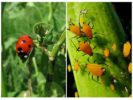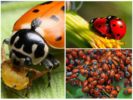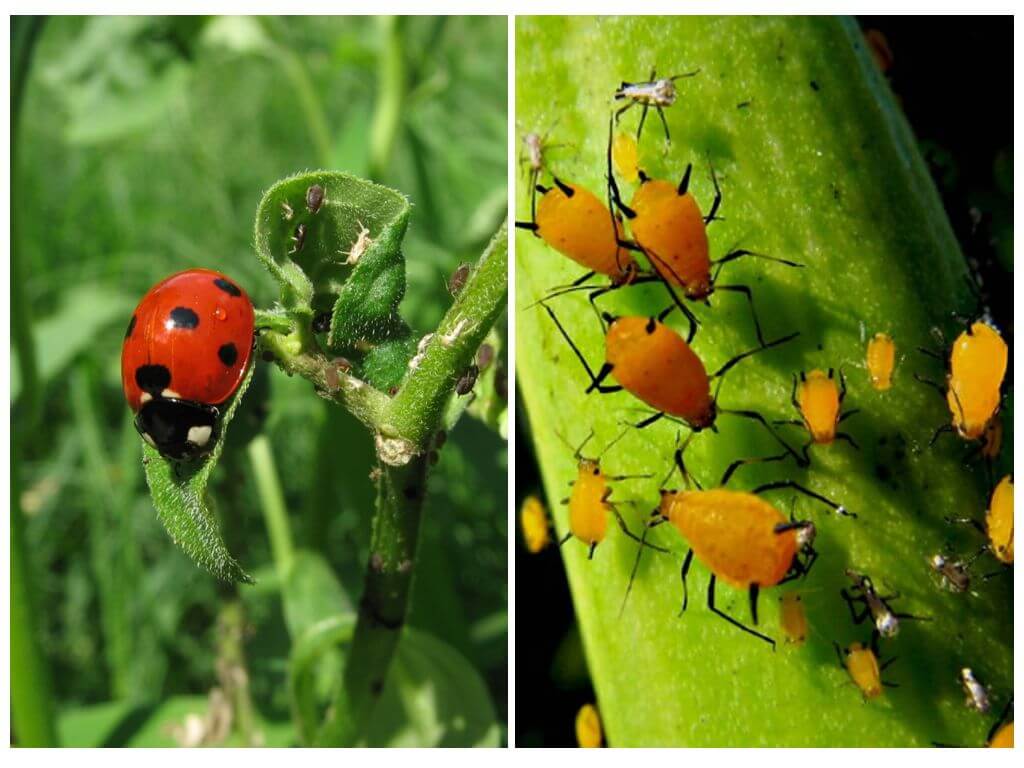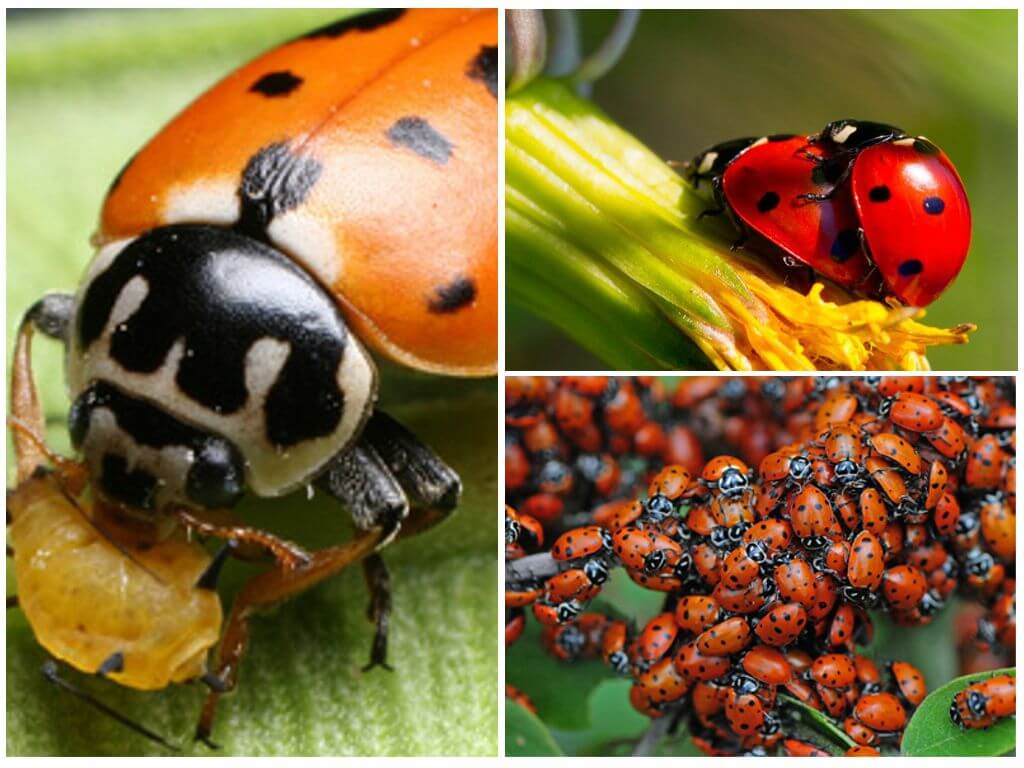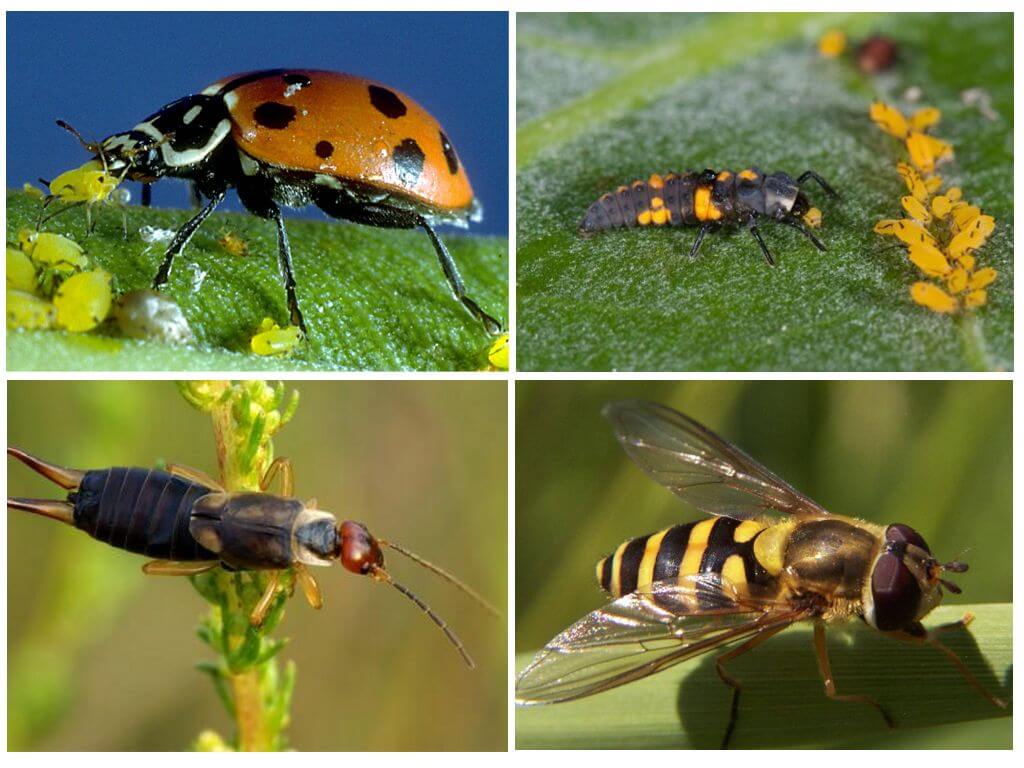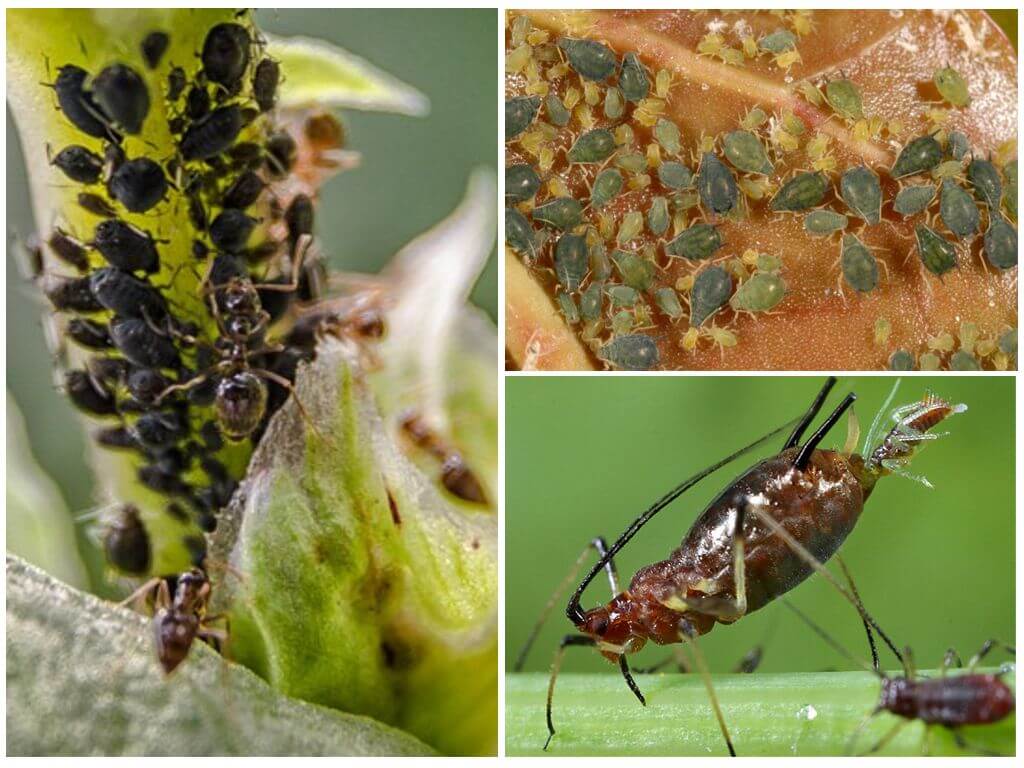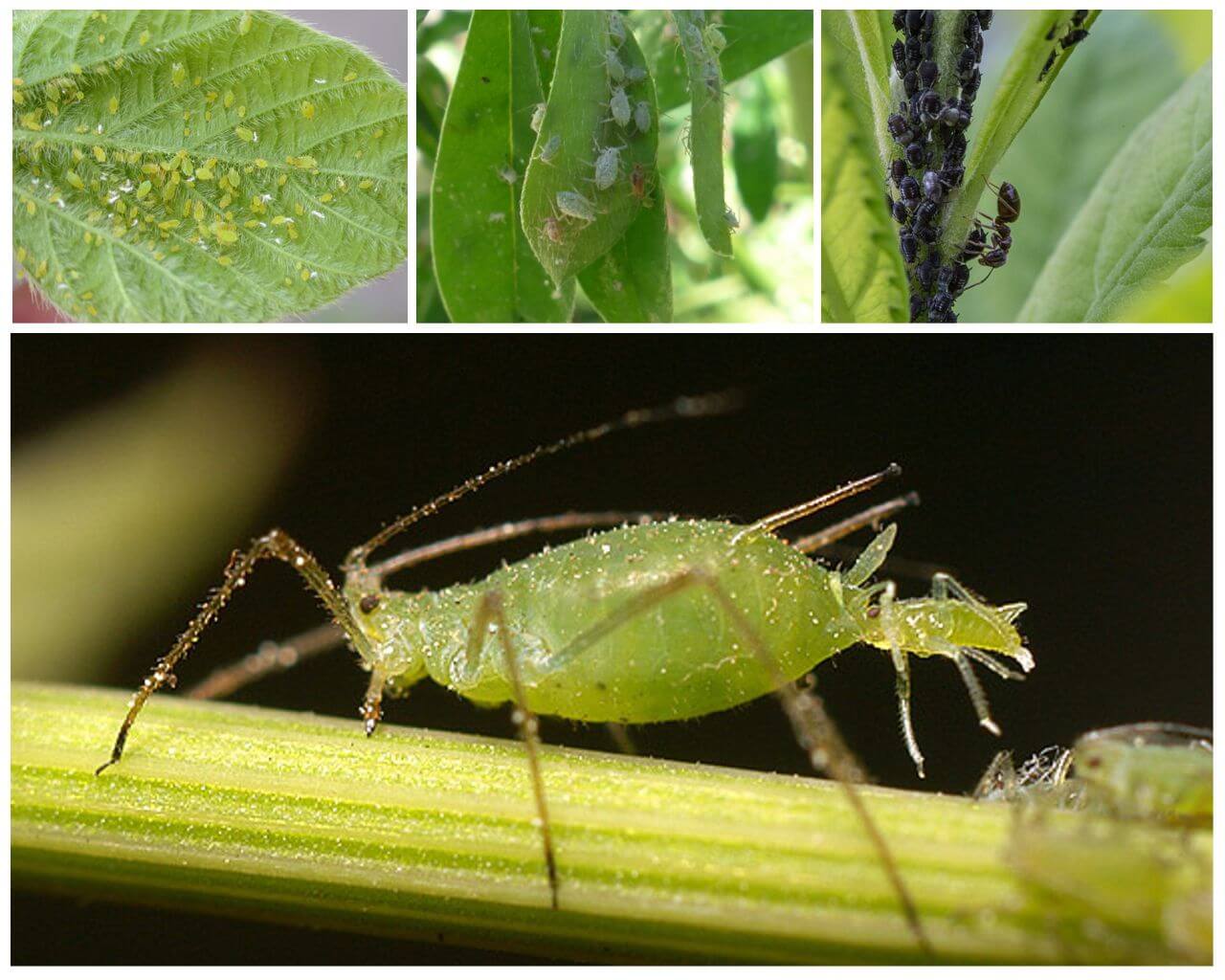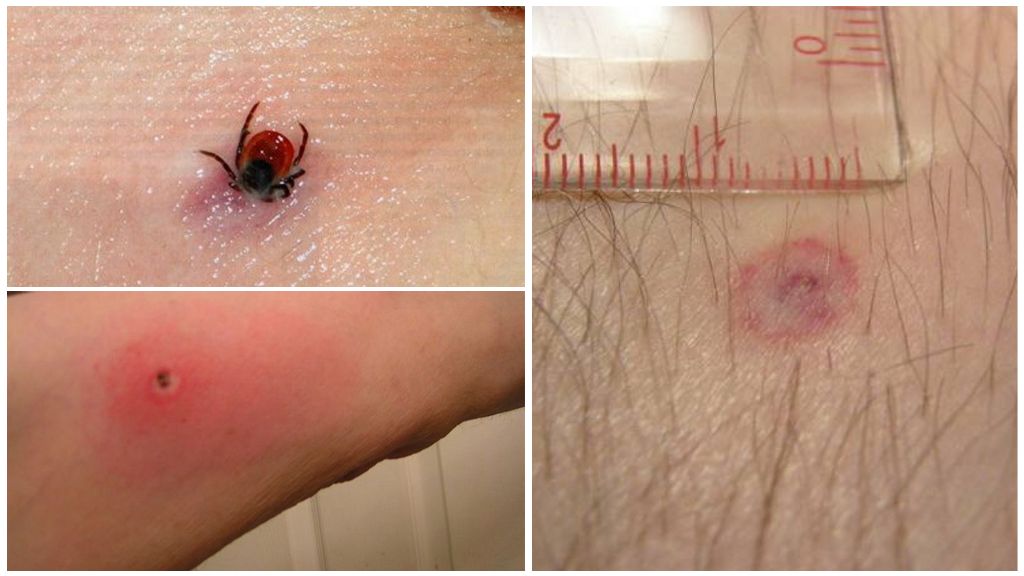- Ladybug and aphid
- California ladybug
The amazingly cute creation of a ladybug, which is often called the sun, has been familiar to man since childhood. But as a child, he did not think about how much benefit this little creature, which became a friend and an assistant for people in the fight against pests of the garden. One of these is aphids. In appearance, this harmless miniature insect, along with its relatives, can cause serious harm to cultivated crops. Ladybug and aphids are not friendly with each other. Homeowners love the former and hate the latter. The reason for this is the simplest - the ladybug eats aphids.
A bit of history
People did not immediately begin to use the ladybug for their own purposes. At the beginning of the 19th century, in the USA - the state of California they accidentally brought in flapy aphids from Australia. Breeding in incredible quantities, it became dangerous for gardeners who, using various methods and methods, could not protect citrus trees from these pests. Aphids began to eat them.
Trying to find a way out of this situation, scientists began to study the nature of the relationship between ladybugs and aphids in their homeland, knowing that these beetles eat a scabbard and a mealybug. Entomologists have found that their species lives in Australia - Rodolia cardinalis. It is she who is the worst enemy aphids. It was decided to bring this species to California, which was successfully implemented. The bugs took 2 years to destroy the aphids.
Interesting!
But the leading position in this matter is occupied by ladybugs called Hippodamia convergens, which scientists call real predators. They are similar to their brothers, but differ in origin due to different environmental conditions. They are very voracious and can eat all the insects in their path.
Varieties and Nutrition
4300 species of ladybugs are known to man, and only 370 of them live in North America. If they were not in nature, hordes of aphids would triumph and gardeners had to look for other methods of combating these pests, namely, the use of pesticides. And their use in the garden is undesirable.
The life of a California ladybug begins in March-April. First, small larvae hatch from the eggs, which feed on aphids for three weeks. After that, the ladybug larva dwells in a cocoon for a week and only then beetles are born.
Their interaction with aphids begins immediately, they are looking for insects to eat. This is not always possible, since being at the larval stage they ate aphids. Therefore, a reasonable question arises as to what else ladybugs can eat. Not finding aphids and its larvae, cows do not disdain with small caterpillars, eat spider mitewhitefly shield and worm.
And here is what ladybugs eat in winter - many are interested. As soon as the first frosts appear, the bugs begin to migrate to the mountains. The place of their refuge are cracks and crevices in the rocks. Sometimes there are so many ladybugs in the mountains that they cover them with a beautiful red pattern that looks like a carpet. Here, in the mountains, they hibernate, hibernating. With the advent of the first sunlight, they awaken and emerge from the cracks.
After ladybugs satisfy hunger with pollen and aphids, eggs are laid in a place located near an insect colony. In the clutch can be from 200 to 400 eggs.Their number directly depends on the female’s nutrition.
Interesting!
The type of relationship between the beetles themselves is quite unusual. Hatched larvae calmly eat neighboring eggs, from which their brethren have not yet appeared. Thus, they accumulate nutrients until they find eggs, larvae and adult aphids.
If earlier bugs were "sprayed" from aircraft over fields and gardens, today this practice is not applied. Pest control is carried out using chemicals and GMOs.
